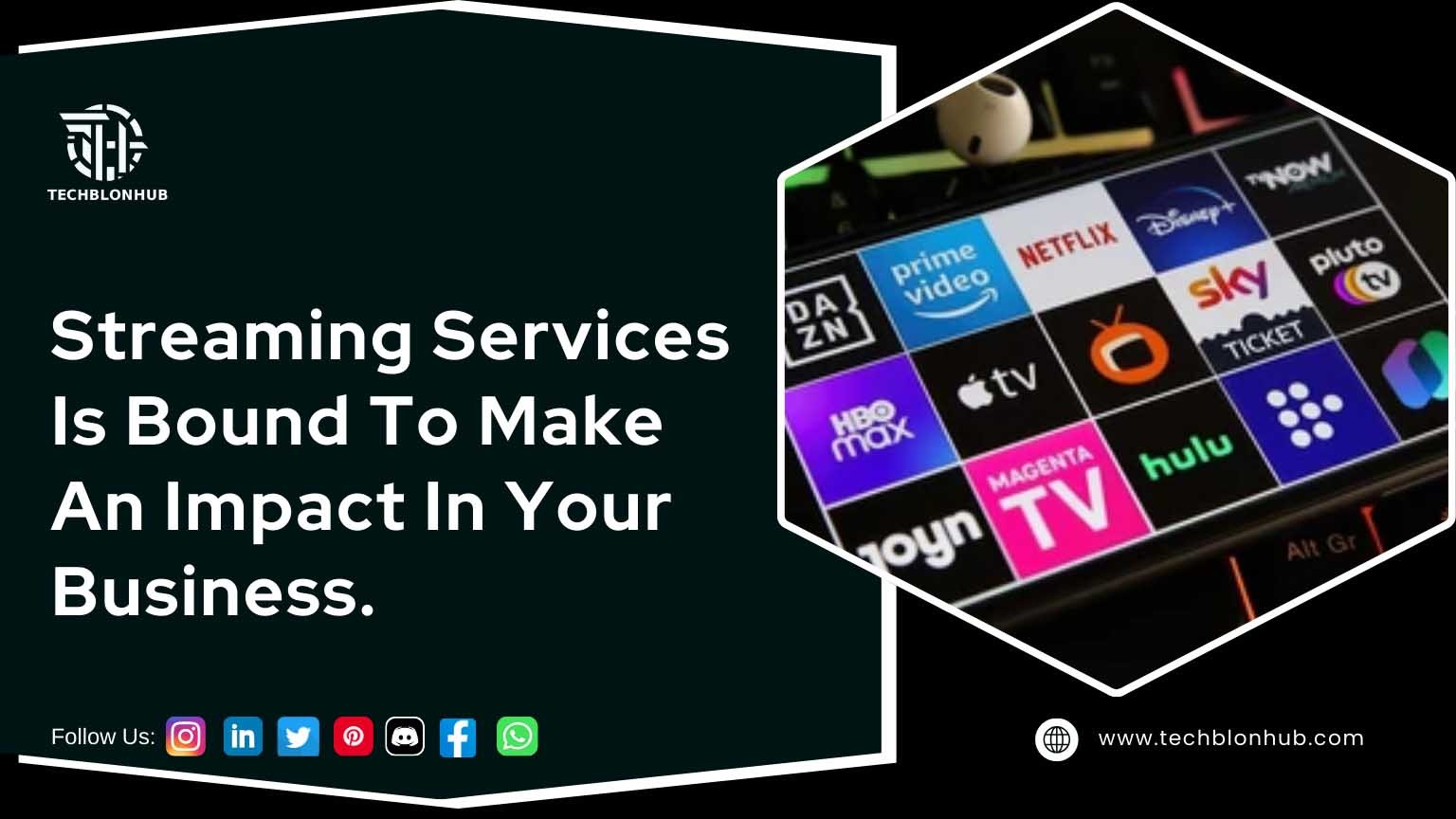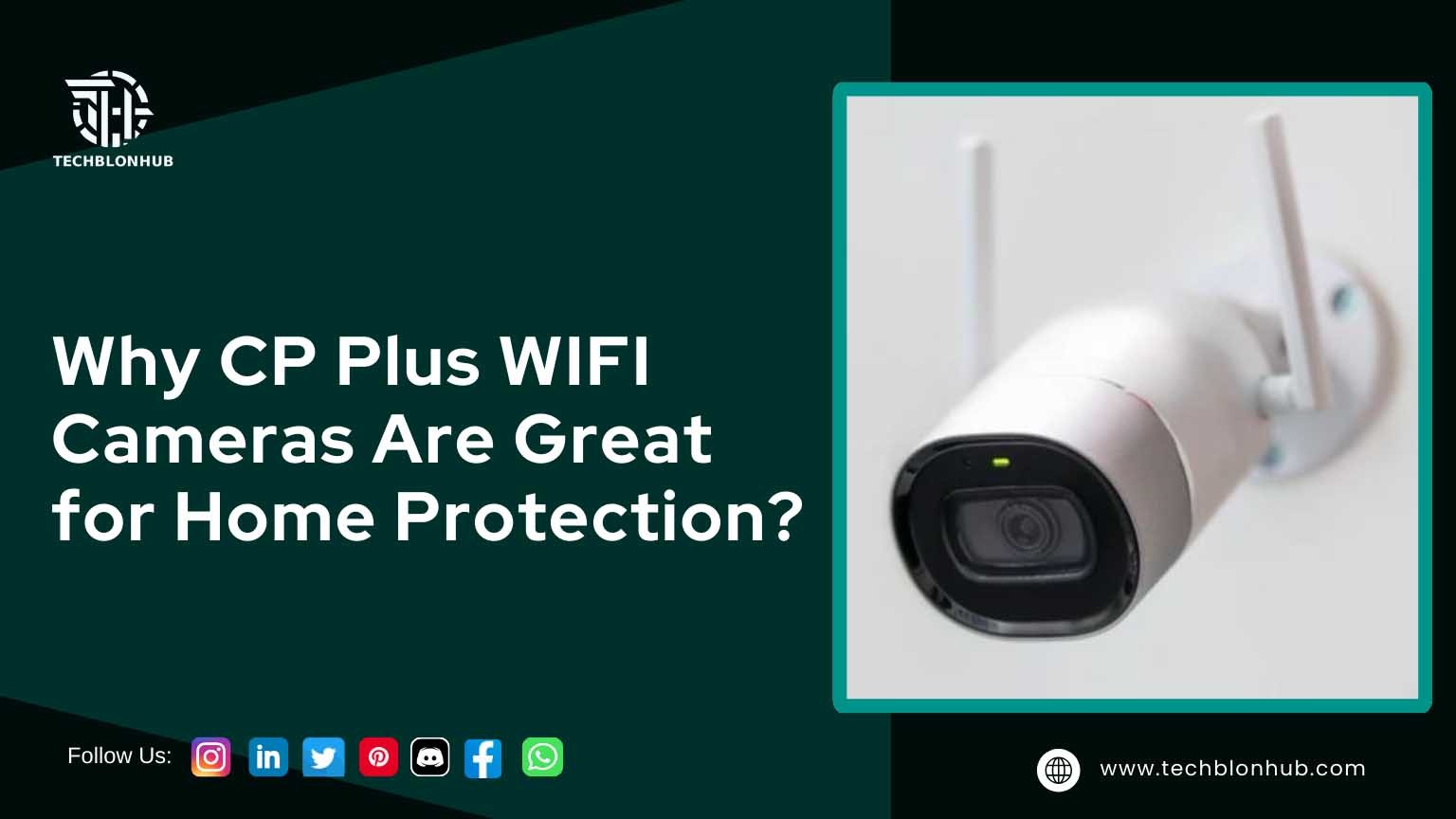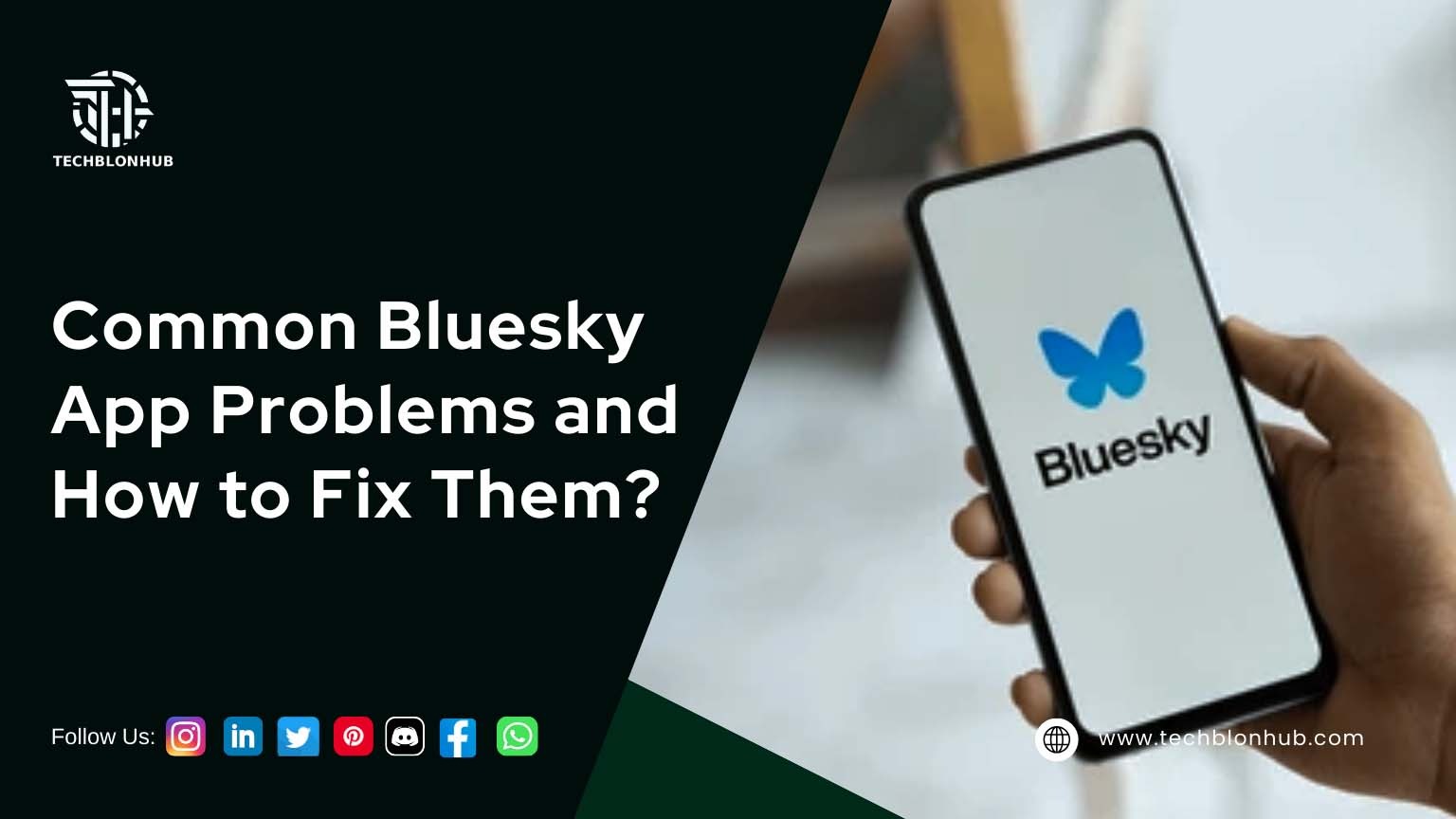The End of Support
What happens when support really ends?
- No Security Updates: When support ends, companies stop providing security updates. Without these updates, systems face more risks from malware and viruses, which can lead to cyber-attacks. Hackers often target outdated systems, so users must stay alert and keep their systems secure.
- Lack of Technical Support: After support ends, Microsoft will no longer offer technical assistance. This means that if the operating system has any bugs, compatibility issues, or hardware problems, you won’t be able to rely on Microsoft for help. This can result in longer downtimes and added frustration.
- Software Incompatibility Issues: Developers constantly upgrade their applications to meet current standards and security protocols, and they may eventually phase out compatibility with older operating systems like Windows 10. This means that newer software releases might stop supporting your operating system, further limiting your functionality with key applications.
- Increased Compliance Breaches: By continuing to use an unsupported operating system, businesses risk falling out of compliance. For companies handling sensitive data or bound by regulations, this poses a serious issue. Most regulations require organizations to use only supported software to ensure data security and protection.
- Hardware Issues: Each time manufacturers release new hardware, they reduce drivers and support for older operating systems. This means that in the future, if you need to upgrade components or peripherals, you may not find compatible options for Windows 10.
Support Ending Soon
- With the quantum: of implications that come along with Windows 10 reaching its end of support, it is important that users prepare for such a time in due season. The following are recommended actions:
- Check your hardware: Check if your hardware meets the minimum requirements for Windows 11, such as a compatible 64-bit processor, 4 GB of RAM, and 64 GB of storage. If not, you may need to buy a new device.
- Upgrade to Windows 11:The simplest solution is upgrading to Windows 11, if your hardware is compatible. It offers a fresh interface, better performance, and ongoing support. Check for upgrade options in your device’s Windows Update settings.
- Extended Security Update: Microsoft will grant Extended Security Updates to enterprise users or organizations that require more time to transition to newer versions of Windows 10. This paid-for program provides critical security updates to the business sector for one year beyond the end-of-support date. Meanwhile, one should consider this option is not available for individual users.
- Back up Your Data: Whichever route you take, the most important thing is to back up your data regularly. Employ cloud storage solutions or external hard drives so that your important files will be safe and can be accessed in case something goes wrong with your operating system.
- Alternative Operating Systems: If upgrading isn’t an option, consider alternative operating systems like Ubuntu or Linux Mint. These lightweight systems can run efficiently on older hardware that struggles with Windows 10 or 11.
- Keep yourself informed: Even after Windows 10 support ends, maintain strong security practices. Use reliable antivirus software, firewalls, and be cautious when downloading software or clicking links. Regularly review your security settings to minimize risks.
Conclusion:
The end of support for Windows 10, set for October 14, 2025, marks a significant milestone and transition for users. Although some may see it as an inconvenience, understanding what this change truly entails can go a long way in proactively limiting exposure to an unsupported operating system.
 TechBlonHub A new digital technology era.
TechBlonHub A new digital technology era.








2 comments
Pingback: Mesh Technology: Enhance Your Network with Seamless Connect
Pingback: Windows Operating System: Legacy Tools on New Versions